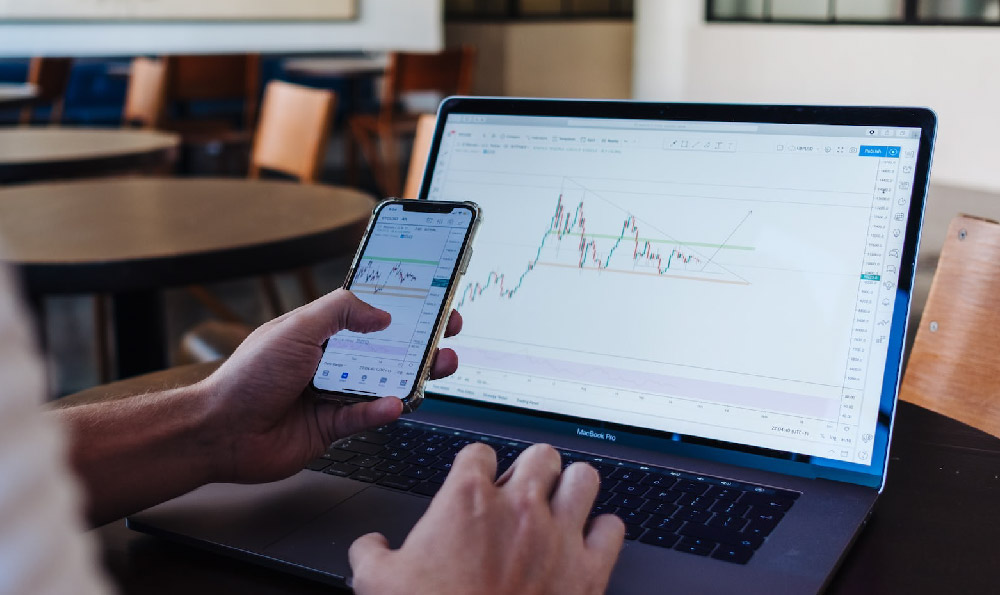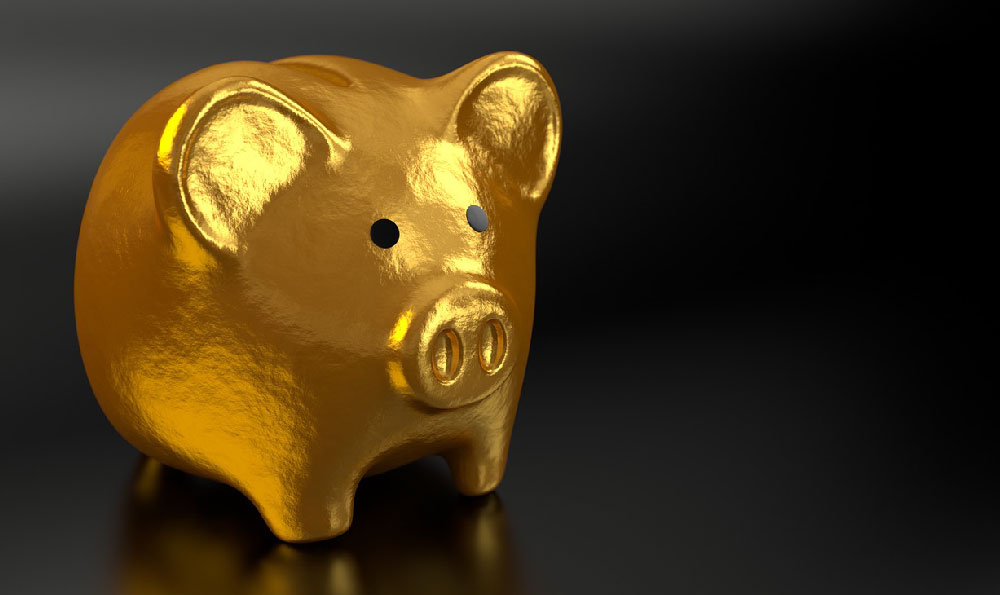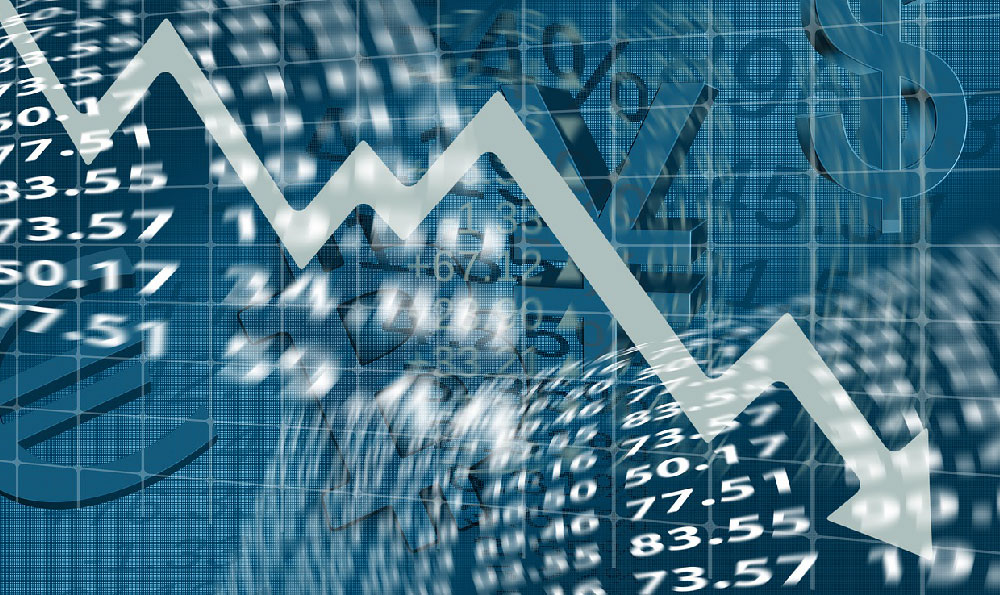Are Silver Eagles a worthy addition to your investment portfolio? This question is frequently pondered by both seasoned investors and those just dipping their toes into the precious metals market. To answer it effectively, we must delve into the intricacies of Silver Eagles, considering their historical performance, intrinsic value, collector appeal, and their role in a diversified investment strategy.
Silver Eagles, minted by the United States Mint since 1986, are legal tender silver bullion coins. Each coin contains one troy ounce of .999 fine silver. Beyond their silver content, they are cherished for their iconic design, featuring Adolph A. Weinman's "Walking Liberty" obverse and John Mercanti's heraldic eagle reverse. This blend of intrinsic value and artistic appeal contributes to their perceived worth.
Historically, the price of silver, and consequently Silver Eagles, has experienced significant volatility. Unlike gold, which is often viewed as a safe haven asset during economic uncertainty, silver has both monetary and industrial applications. This dual nature makes its price susceptible to factors beyond just economic sentiment. Demand from industries like electronics, solar panels, and medicine can significantly impact the price, leading to fluctuations based on economic growth and technological advancements.

Looking at long-term trends, silver has generally appreciated in value. However, it's crucial to acknowledge the periods of dramatic price swings. For instance, the silver market experienced a speculative bubble in the late 1970s, followed by a significant price correction. More recently, periods of economic uncertainty and rising inflation have often driven up silver prices as investors seek alternative stores of value. Therefore, while Silver Eagles can potentially provide long-term capital appreciation, investors must be prepared for potential short-term volatility.
Beyond the intrinsic value of silver, Silver Eagles possess collector appeal, particularly for coins in uncirculated or proof condition. The U.S. Mint regularly releases special edition Silver Eagles with unique finishes or mint marks, which often command premiums in the numismatic market. These collector versions can appreciate significantly in value depending on their rarity and condition. However, assessing the value of these coins requires specialized knowledge of numismatics, and it's essential to consult with reputable coin dealers or appraisers. It's important to differentiate between buying Silver Eagles for their silver content (bullion) versus their collector value.
From an investment perspective, Silver Eagles offer several advantages. They provide a tangible asset that can act as a hedge against inflation and currency devaluation. Unlike paper assets, silver retains its intrinsic value and is not subject to the same risks associated with financial institutions or government policies. Furthermore, silver has a low correlation with other asset classes, such as stocks and bonds, making it a valuable diversification tool. Diversification is a cornerstone of sound investment strategy, aiming to reduce overall portfolio risk by spreading investments across various asset classes.
However, there are also potential drawbacks to consider. Silver Eagles, like other precious metals, do not generate passive income, such as dividends or interest. Their value relies solely on price appreciation. Storage can also be a concern, especially for larger quantities. Storing Silver Eagles at home may expose them to theft or damage, while professional storage facilities involve additional costs.
Another factor to consider is the premium associated with buying Silver Eagles. These coins typically sell for a price above the spot price of silver, reflecting the minting costs, distribution fees, and dealer markups. These premiums can impact the overall return on investment, particularly in the short term. It is prudent to shop around and compare prices from different dealers to minimize these premiums.
When considering Silver Eagles as part of a portfolio, it's vital to determine an appropriate allocation. Financial advisors often recommend allocating a small percentage of a portfolio, typically between 5% and 10%, to precious metals like silver. This allocation should be based on individual risk tolerance, investment goals, and time horizon. It's crucial to remember that precious metals should not constitute the entirety of an investment portfolio. A well-balanced portfolio should include a mix of stocks, bonds, real estate, and other asset classes.
Before purchasing Silver Eagles, investors should conduct thorough research and understand the risks involved. Monitoring market trends, economic indicators, and geopolitical events can help inform investment decisions. Consulting with a qualified financial advisor can provide personalized guidance and help investors make informed choices aligned with their financial goals.
In conclusion, Silver Eagles can be a worthwhile investment, offering potential for long-term capital appreciation, diversification benefits, and a hedge against inflation. However, it's crucial to approach them with a clear understanding of their volatility, premiums, and storage considerations. Whether Silver Eagles are a "smart investment" depends on an individual's investment strategy, risk tolerance, and financial goals. A balanced and diversified approach, coupled with thorough research and professional guidance, is essential for maximizing the potential benefits of investing in Silver Eagles.










